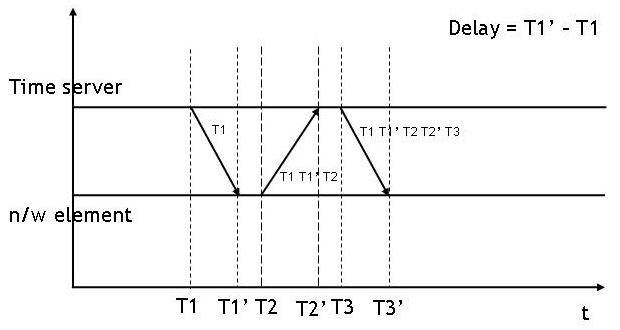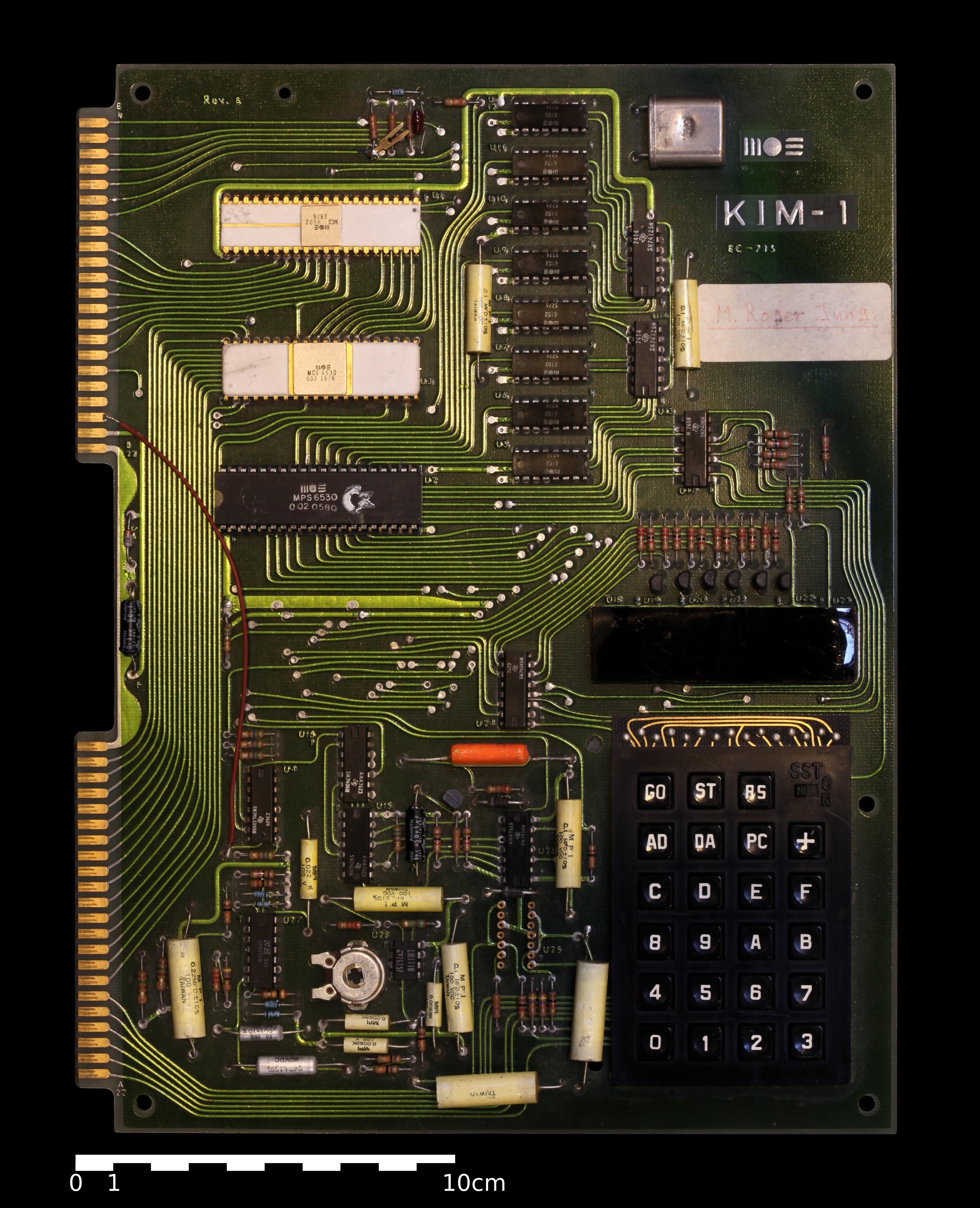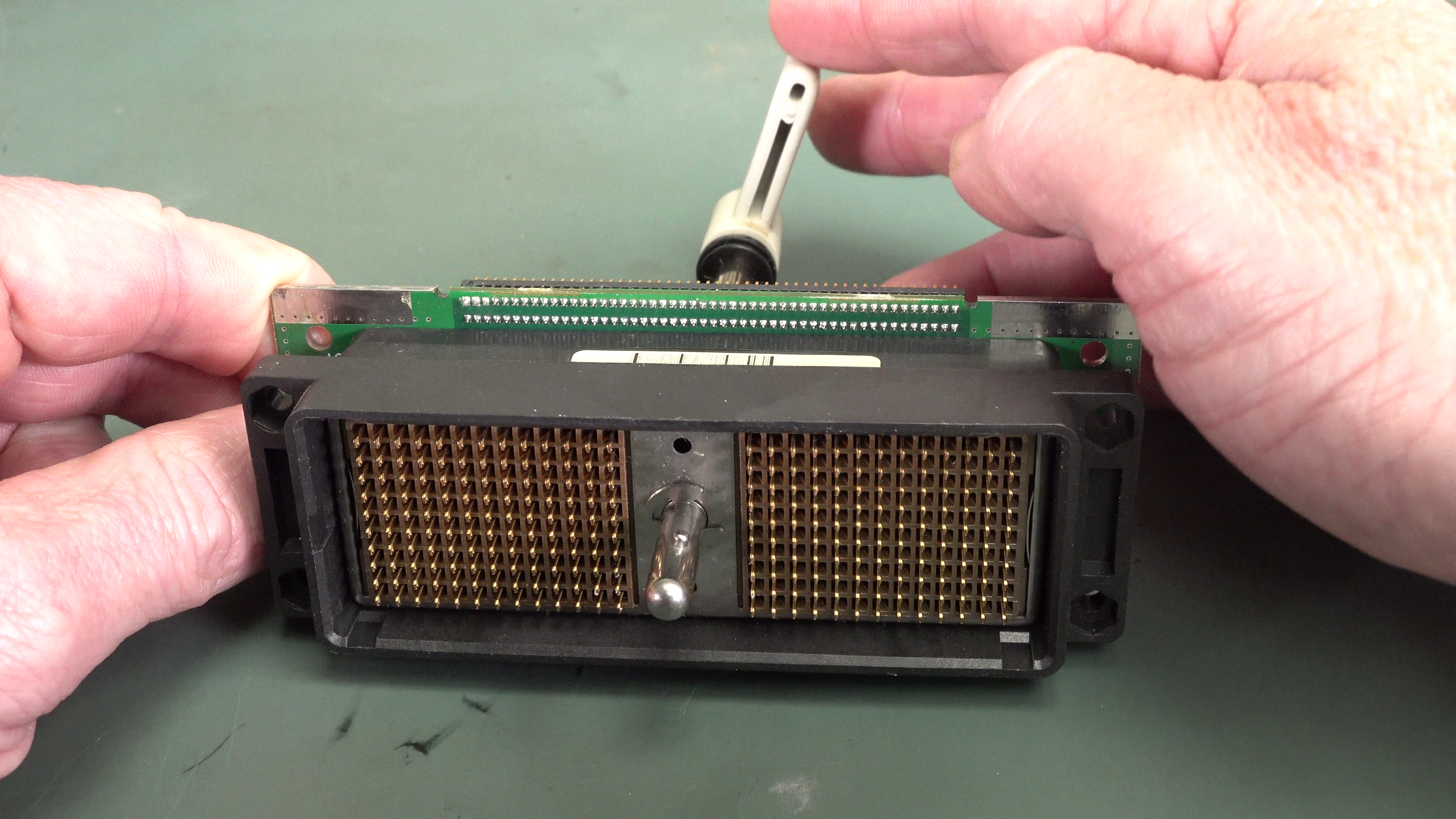|
TI MSP432
The MSP432 is a mixed-signal microcontroller family from Texas Instruments. It is based on a 32-bit ARM Cortex-M4F CPU, and extends their 16-bit MSP430 line, with a larger address space for code and data, and faster integer and floating point calculation than the MSP430. Like the MSP430, it has a number of built-in peripheral devices, and is designed for low power requirements. In 2021, TI confirmed that the MSP432 has been discontinued and "there will be no new MSP432 products". Comparison to MSP430/MSP430X Modern embedded computing requires large amounts of data and code, and often calls for floating point calculations. The MSP430's 16-bit architecture was already once extended to 20 bits (MSP430X) to accommodate those needs, but the resulting 1 MB limit is still too small, and the instruction set extensions slow down the code execution. Furthermore, MSP430 architecture does not include a hardware floating point unit. IEEE754 floating point computations are emulat ... [...More Info...] [...Related Items...] OR: [Wikipedia] [Google] [Baidu] |
ARM Architecture
ARM (stylised in lowercase as arm, formerly an acronym for Advanced RISC Machines and originally Acorn RISC Machine) is a family of reduced instruction set computer (RISC) instruction set architectures for computer processors, configured for various environments. Arm Ltd. develops the architectures and licenses them to other companies, who design their own products that implement one or more of those architectures, including system on a chip (SoC) and system on module (SOM) designs, that incorporate different components such as memory, interfaces, and radios. It also designs cores that implement these instruction set architectures and licenses these designs to many companies that incorporate those core designs into their own products. There have been several generations of the ARM design. The original ARM1 used a 32-bit internal structure but had a 26-bit address space that limited it to 64 MB of main memory. This limitation was removed in the ARMv3 series, which ... [...More Info...] [...Related Items...] OR: [Wikipedia] [Google] [Baidu] |
Precision Time Protocol
The Precision Time Protocol (PTP) is a protocol used to synchronize clocks throughout a computer network. On a local area network, it achieves clock accuracy in the sub-microsecond range, making it suitable for measurement and control systems. PTP is employed to synchronize financial transactions, mobile phone tower transmissions, sub-sea acoustic arrays, and networks that require precise timing but lack access to satellite navigation signals. The first version of PTP, IEEE 1588-2002, was published in 2002. IEEE 1588-2008, also known as PTP Version 2 is not backward compatible with the 2002 version. IEEE 1588-2019 was published in November 2019 and includes backward-compatible improvements to the 2008 publication. IEEE 1588-2008 includes a ''profile'' concept defining PTP operating parameters and options. Several profiles have been defined for applications including telecommunications, electric power distribution and audiovisual. is an adaptation of PTP for use with Audio Vid ... [...More Info...] [...Related Items...] OR: [Wikipedia] [Google] [Baidu] |
Microcontroller
A microcontroller (MCU for ''microcontroller unit'', often also MC, UC, or μC) is a small computer on a single VLSI integrated circuit (IC) chip. A microcontroller contains one or more CPUs (processor cores) along with memory and programmable input/output peripherals. Program memory in the form of ferroelectric RAM, NOR flash or OTP ROM is also often included on chip, as well as a small amount of RAM. Microcontrollers are designed for embedded applications, in contrast to the microprocessors used in personal computers or other general purpose applications consisting of various discrete chips. In modern terminology, a microcontroller is similar to, but less sophisticated than, a system on a chip (SoC). An SoC may connect the external microcontroller chips as the motherboard components, but an SoC usually integrates the advanced peripherals like graphics processing unit (GPU) and Wi-Fi interface controller as its internal microcontroller unit circuits. Microcontrollers are use ... [...More Info...] [...Related Items...] OR: [Wikipedia] [Google] [Baidu] |
Comparison Of Real-time Operating Systems ...
This is a list of real-time operating systems (RTOSs). This is an operating system in which the time taken to process an input stimulus is less than the time lapsed until the next input stimulus of the same type. References External links * {{Real-time operating systems Embedded operating systems * Real-time operating systems A real-time operating system (RTOS) is an operating system (OS) for real-time applications that processes data and events that have critically defined time constraints. An RTOS is distinct from a time-sharing operating system, such as Unix, which m ... [...More Info...] [...Related Items...] OR: [Wikipedia] [Google] [Baidu] |
Interrupt Handler
In computer systems programming, an interrupt handler, also known as an interrupt service routine or ISR, is a special block of code associated with a specific interrupt condition. Interrupt handlers are initiated by hardware interrupts, software interrupt instructions, or software exceptions, and are used for implementing device drivers or transitions between protected modes of operation, such as system calls. The traditional form of interrupt handler is the hardware interrupt handler. Hardware interrupts arise from electrical conditions or low-level protocols implemented in digital logic, are usually dispatched via a hard-coded table of interrupt vectors, asynchronously to the normal execution stream (as interrupt masking levels permit), often using a separate stack, and automatically entering into a different execution context (privilege level) for the duration of the interrupt handler's execution. In general, hardware interrupts and their handlers are used to handle high-pri ... [...More Info...] [...Related Items...] OR: [Wikipedia] [Google] [Baidu] |
Interrupt
In digital computers, an interrupt (sometimes referred to as a trap) is a request for the processor to ''interrupt'' currently executing code (when permitted), so that the event can be processed in a timely manner. If the request is accepted, the processor will suspend its current activities, save its state, and execute a function called an ''interrupt handler'' (or an ''interrupt service routine'', ISR) to deal with the event. This interruption is often temporary, allowing the software to resume normal activities after the interrupt handler finishes, although the interrupt could instead indicate a fatal error. Interrupts are commonly used by hardware devices to indicate electronic or physical state changes that require time-sensitive attention. Interrupts are also commonly used to implement computer multitasking, especially in real-time computing. Systems that use interrupts in these ways are said to be interrupt-driven. Types Interrupt signals may be issued in response to ... [...More Info...] [...Related Items...] OR: [Wikipedia] [Google] [Baidu] |
Single-board Microcontroller
A single-board microcontroller is a microcontroller built onto a single printed circuit board. This board provides all of the circuitry necessary for a useful control task: a microprocessor, I/O circuits, a clock generator, RAM, stored program memory and any necessary support ICs. The intention is that the board is immediately useful to an application developer, without requiring them to spend time and effort to develop controller hardware. As they are usually low-cost, and have an especially low capital cost for development, single-board microcontrollers have long been popular in education. They are also a popular means for developers to gain hands-on experience with a new processor family. Origins Single-board microcontrollers appeared in the late 1970s, when the appearance of early microprocessors, such as the 6502 and the Z80, made it practical to build an entire controller on a single board, as well as affordable to dedicate a computer to a relatively minor task. In ... [...More Info...] [...Related Items...] OR: [Wikipedia] [Google] [Baidu] |
Embedded System
An embedded system is a computer system—a combination of a computer processor, computer memory, and input/output peripheral devices—that has a dedicated function within a larger mechanical or electronic system. It is ''embedded'' as part of a complete device often including electrical or electronic hardware and mechanical parts. Because an embedded system typically controls physical operations of the machine that it is embedded within, it often has real-time computing constraints. Embedded systems control many devices in common use today. , it was estimated that ninety-eight percent of all microprocessors manufactured were used in embedded systems. Modern embedded systems are often based on microcontrollers (i.e. microprocessors with integrated memory and peripheral interfaces), but ordinary microprocessors (using external chips for memory and peripheral interface circuits) are also common, especially in more complex systems. In either case, the processor(s) used ... [...More Info...] [...Related Items...] OR: [Wikipedia] [Google] [Baidu] |
ARM Cortex-M
The ARM Cortex-M is a group of 32-bit RISC ARM processor cores licensed by Arm Holdings. These cores are optimized for low-cost and energy-efficient integrated circuits, which have been embedded in tens of billions of consumer devices. Though they are most often the main component of microcontroller chips, sometimes they are embedded inside other types of chips too. The Cortex-M family consists of Cortex-M0, Cortex-M0+, Cortex-M1, Cortex-M3, Cortex-M4, Cortex-M7, Cortex-M23, Cortex-M33, Cortex-M35P, Cortex-M55. The Cortex-M4 / M7 / M33 / M35P / M55 cores have an FPU silicon option, and when included in the silicon these cores are sometimes known as "Cortex-Mx with FPU" or "Cortex-MxF", where 'x' is the core variant. Overview The ARM Cortex-M family are ARM microprocessor cores which are designed for use in microcontrollers, ASICs, ASSPs, FPGAs, and SoCs. Cortex-M cores are commonly used as dedicated microcontroller chips, but also are "hidden" inside of SoC chip ... [...More Info...] [...Related Items...] OR: [Wikipedia] [Google] [Baidu] |
List Of ARM Microprocessor Cores
This is a list of central processing units based on the ARM family of instruction sets designed by ARM Ltd. and third parties, sorted by version of the ARM instruction set, release and name. In 2005, ARM provided a summary of the numerous vendors who implement ARM cores in their design. Keil also provides a somewhat newer summary of vendors of ARM based processors. ARM further provides a chart displaying an overview of the ARM processor lineup with performance and functionality versus capabilities for the more recent ARM core families. Processors Designed by ARM Designed by third parties These cores implement the ARM instruction set, and were developed independently by companies with an architectural license from ARM. Timeline The following table lists each core by the year it was announced. See also * Comparison of ARMv7-A processors * Comparison of ARMv8-A processors * List of products using ARM processors This is a list of products using processors (i.e. centr ... [...More Info...] [...Related Items...] OR: [Wikipedia] [Google] [Baidu] |
ZIF Socket
Zero insertion force (ZIF) is a type of IC socket or electrical connector that requires very little (but not literally zero) force for insertion. With a ZIF socket, before the IC is inserted, a lever or slider on the side of the socket is moved, pushing all the sprung contacts apart so that the IC can be inserted with very little force - generally the weight of the IC itself is sufficient and no external downward force is required. The lever is then moved back, allowing the contacts to close and grip the pins of the IC. ZIF sockets are much more expensive than standard IC sockets and also tend to take up a larger board area due to the space taken up by the lever mechanism. Typically, they are only used when there is a good reason to do so. Design A normal integrated circuit (IC) socket requires the IC to be pushed into sprung contacts which then grip by friction. For an IC with hundreds of pins, the total insertion force can be very large (hundreds of newtons), leading to ... [...More Info...] [...Related Items...] OR: [Wikipedia] [Google] [Baidu] |
USB On-The-Go
USB On-The-Go (USB OTG or just OTG) is a specification first used in late 2001 that allows USB devices, such as Tablet computer, tablets or smartphones, to act as a host, allowing other USB devices, such as USB flash drives, digital cameras, computer mouse, mouse or computer keyboard, keyboards, to be attached to them. Use of USB OTG allows those devices to switch back and forth between the roles of host and device. A mobile phone may read from removable media as the host device, but present itself as a USB Mass Storage Device when connected to a host computer. USB OTG introduces the concept of a device performing both Host and Peripheral roles whenever two USB devices are connected and one of them is a USB OTG device, they establish a communication link. The device controlling the link is called the Host, while the other is called the Peripheral. USB OTG defines two roles for devices: OTG A-device and OTG B-device, specifying which side supplies power to the link, and which in ... [...More Info...] [...Related Items...] OR: [Wikipedia] [Google] [Baidu] |






